Takuma Nakahira, a Radical Turn in Exhibiting
In ‘Circulation: Date, Place, Events’ the photographer captured his surroundings and exhibited the outcomes the same day.
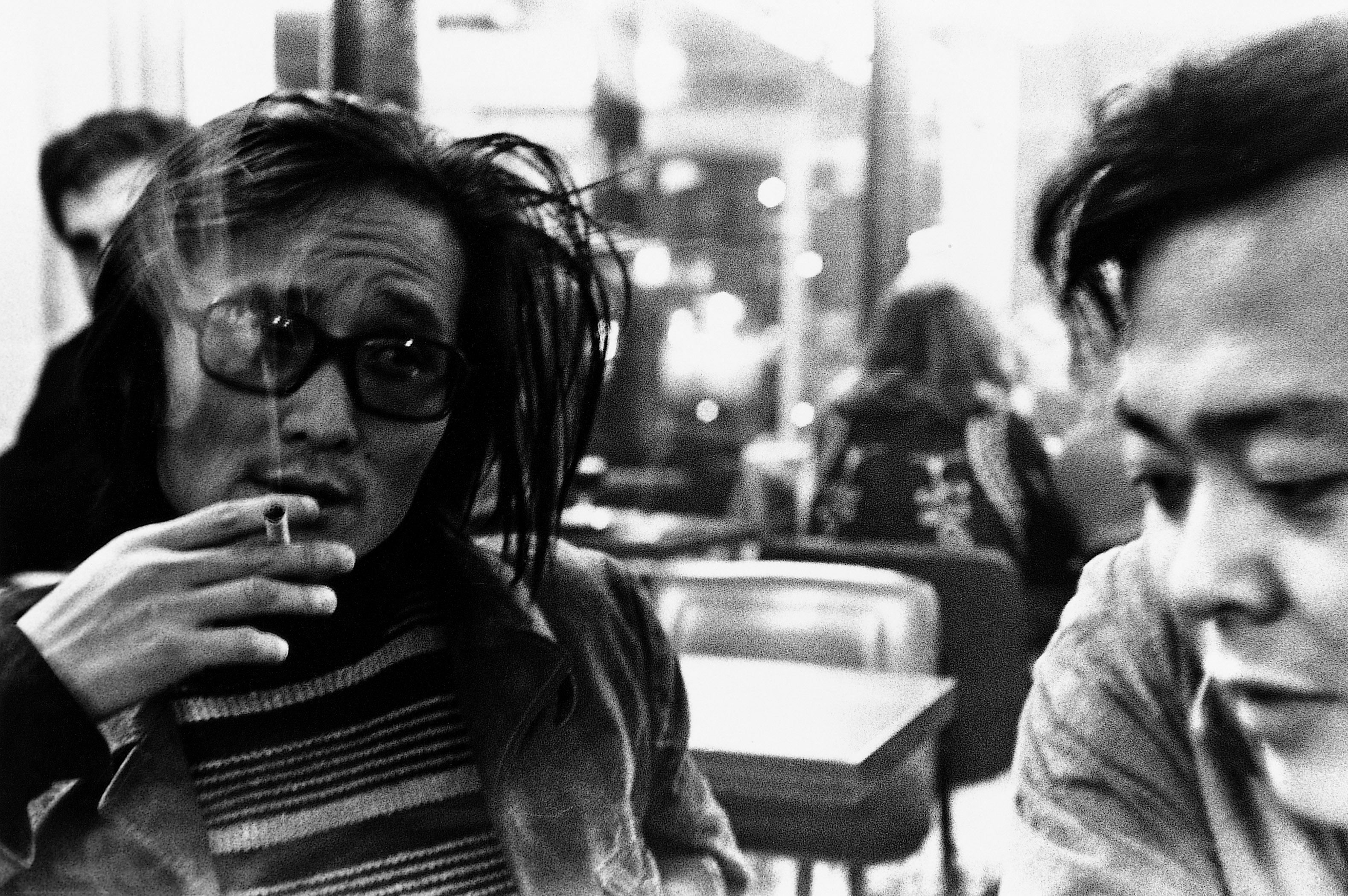
Takuma Nakahira, from the series ‘Circulation: Date, Place, Events’ Untitled, 1971 Gelatin silver print © The Estate of Takuma Nakahira, Courtesy Yossi Milo Gallery, New York
The experimental project Circulation: Date, Place, Events saw Takuma Nakahira document everything that surrounded him over the course of a day, and exhibit the results for the duration of a week, starting from that same day. This made for a constantly evolving presentation during the 7th La Biennale Paris in 1971. In addition to the images of the surrounding streets, which proliferated day by day, the exhibition was bolstered by photos of friends, television images, copies of newswire reports, and drying underwear. Two days before the end of the biennale, Takuma Nakahira and his friends tore down the images, leaving them on the floor and encouraging visitors to take them.
Born in 1938, Takuma Nakahira was a key member of Japan’s radical photography circles, developing his own image-based practice, while also working as a critic. Beginning his career as a photographer in the mid-60s, Takuma Nakahira would go on to publish the magazine Provoke with colleagues Yutaka Takanashi, Takahiko Okada, and Koji Taki from 1968 to 1969.
New methodologies
Following the ceasing of the publication, Takuma Nakahira exhibited his work in Paris for the first time as part of the 7th La Biennale Paris. It was here that he produced the seminal work Circulation. The work is compellingly presented by his publisher: ‘Paris, 1971. At a biennale where young artists from around the world had gathered, Nakahira Takuma performed an experimental project that dared to ask, “what is expression?”’
This project marked the start of a new photographic methodology for Takuma Nakahira, and in 2012, three years before the photographer’s death, a publication reproducing the remaining fragments of the installation was released. Just two years after the realisation of Circulation, in 1973, seeking to make a radical break with his past work, Takuma Nakahira burned almost all of his negatives and prints. Fortunately, Circulation survived and the prints for the publication were developed from the original negatives. The images were also presented at Yossi Milo gallery in 2013 as part of the exhibition Circulation: Date, Place, Events.
Circulations: Date Place Events (2012) is a photo book by Takuma Nakahira, published by Osiris.
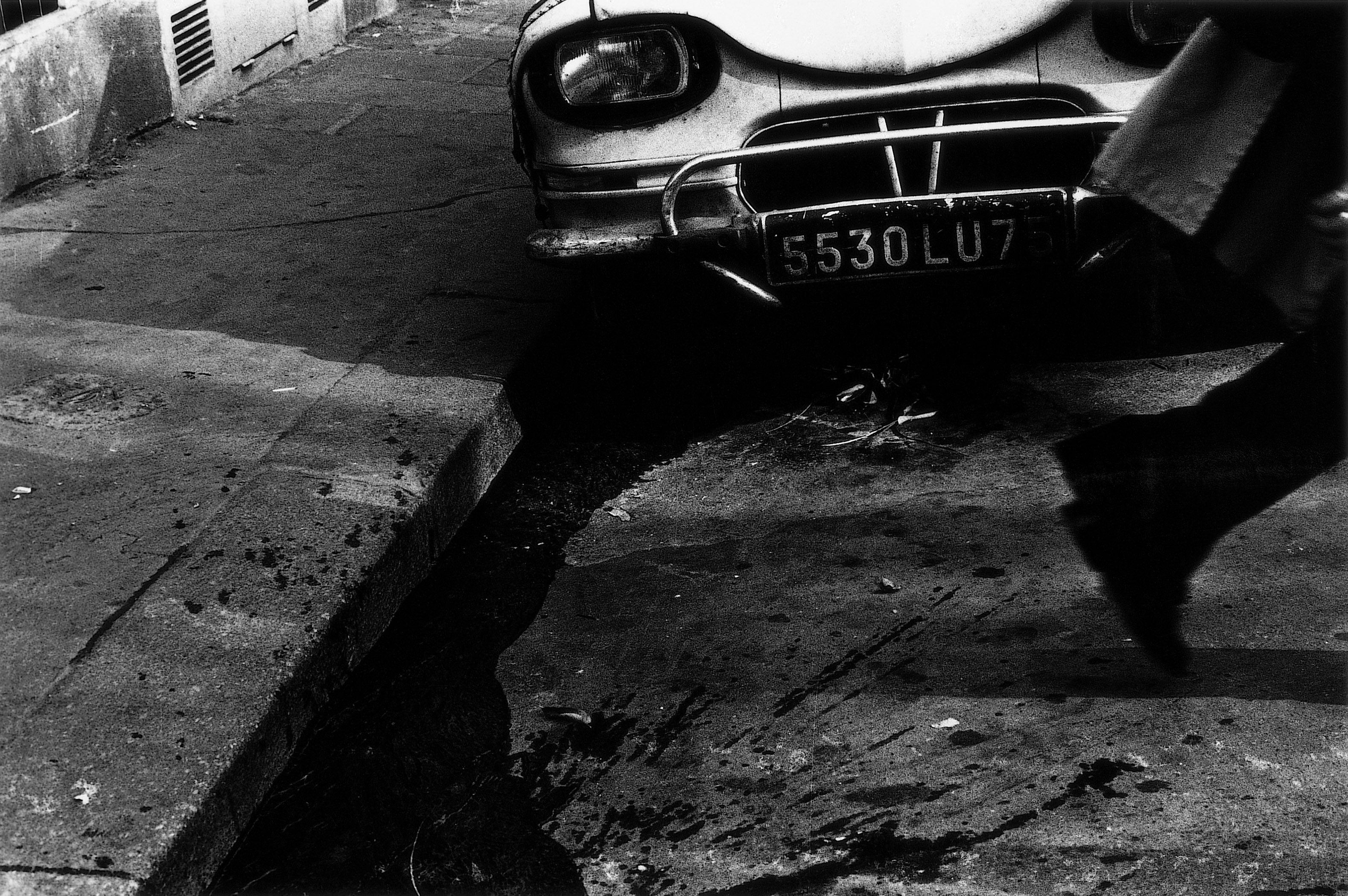
Takuma Nakahira, from the series ‘Circulation: Date, Place, Events’ Untitled, 1971 Gelatin silver print © The Estate of Takuma Nakahira, Courtesy Yossi Milo Gallery, New York
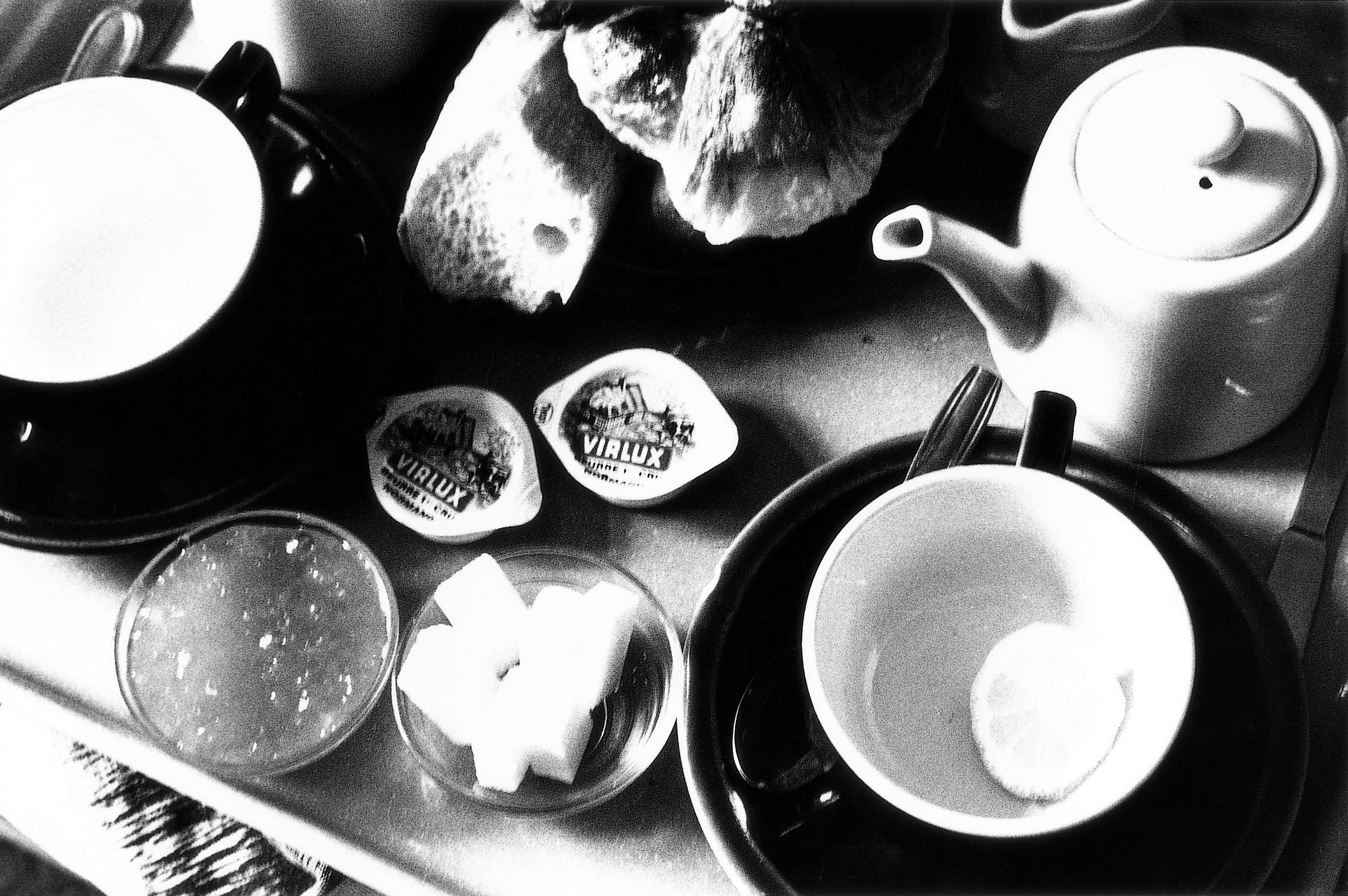
Takuma Nakahira, from the series ‘Circulation: Date, Place, Events’ Untitled, 1971 Gelatin silver print © The Estate of Takuma Nakahira, Courtesy Yossi Milo Gallery, New York
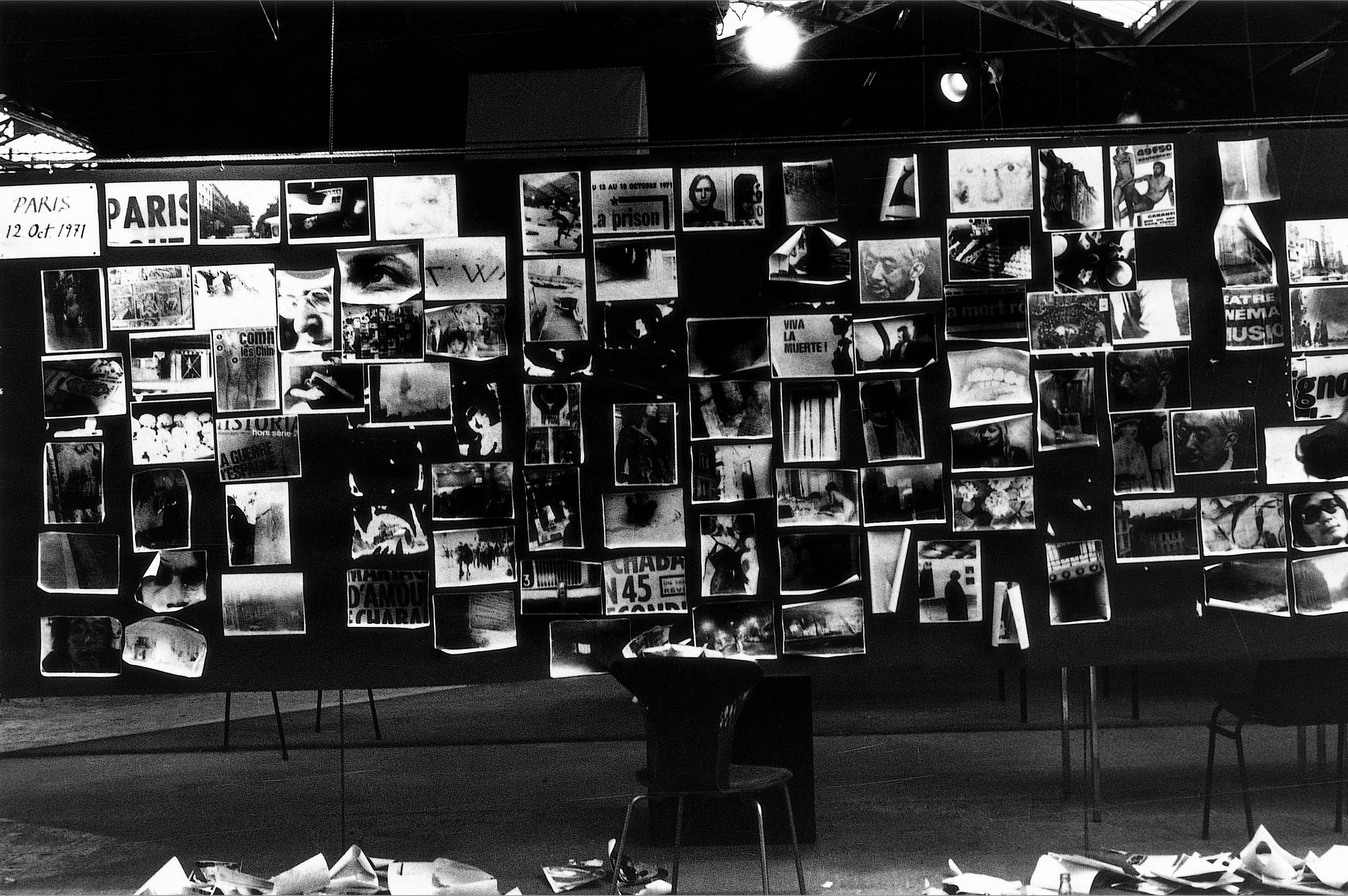
Takuma Nakahira, from the series ‘Circulation: Date, Place, Events’ Untitled, 1971 Gelatin silver print © The Estate of Takuma Nakahira, Courtesy Yossi Milo Gallery, New York
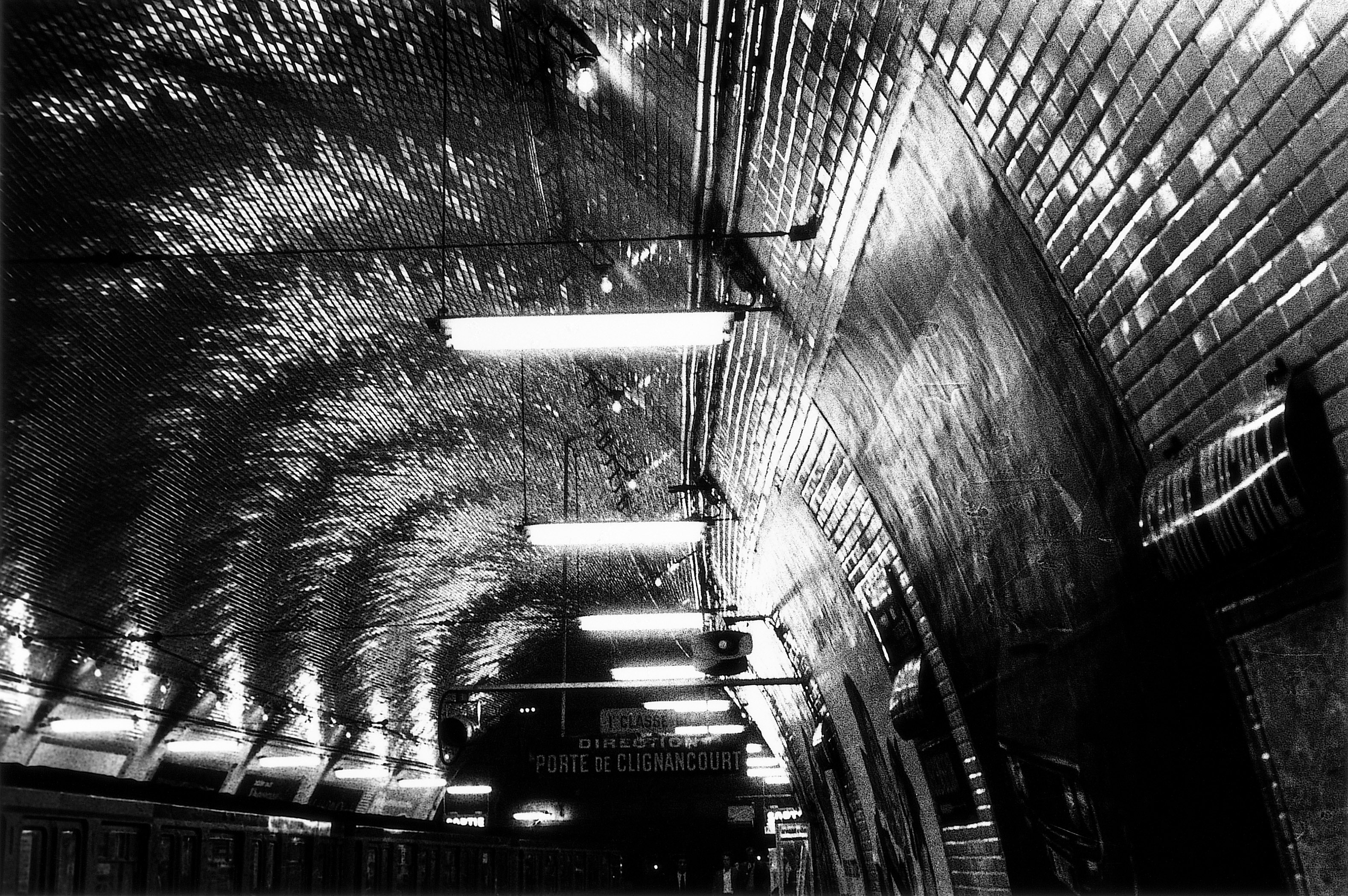
Takuma Nakahira, from the series ‘Circulation: Date, Place, Events’ Untitled, 1971 Gelatin silver print © The Estate of Takuma Nakahira, Courtesy Yossi Milo Gallery, New York

Takuma Nakahira, from the series ‘Circulation: Date, Place, Events’ Untitled, 1971 Gelatin silver print © The Estate of Takuma Nakahira, Courtesy Yossi Milo Gallery, New York
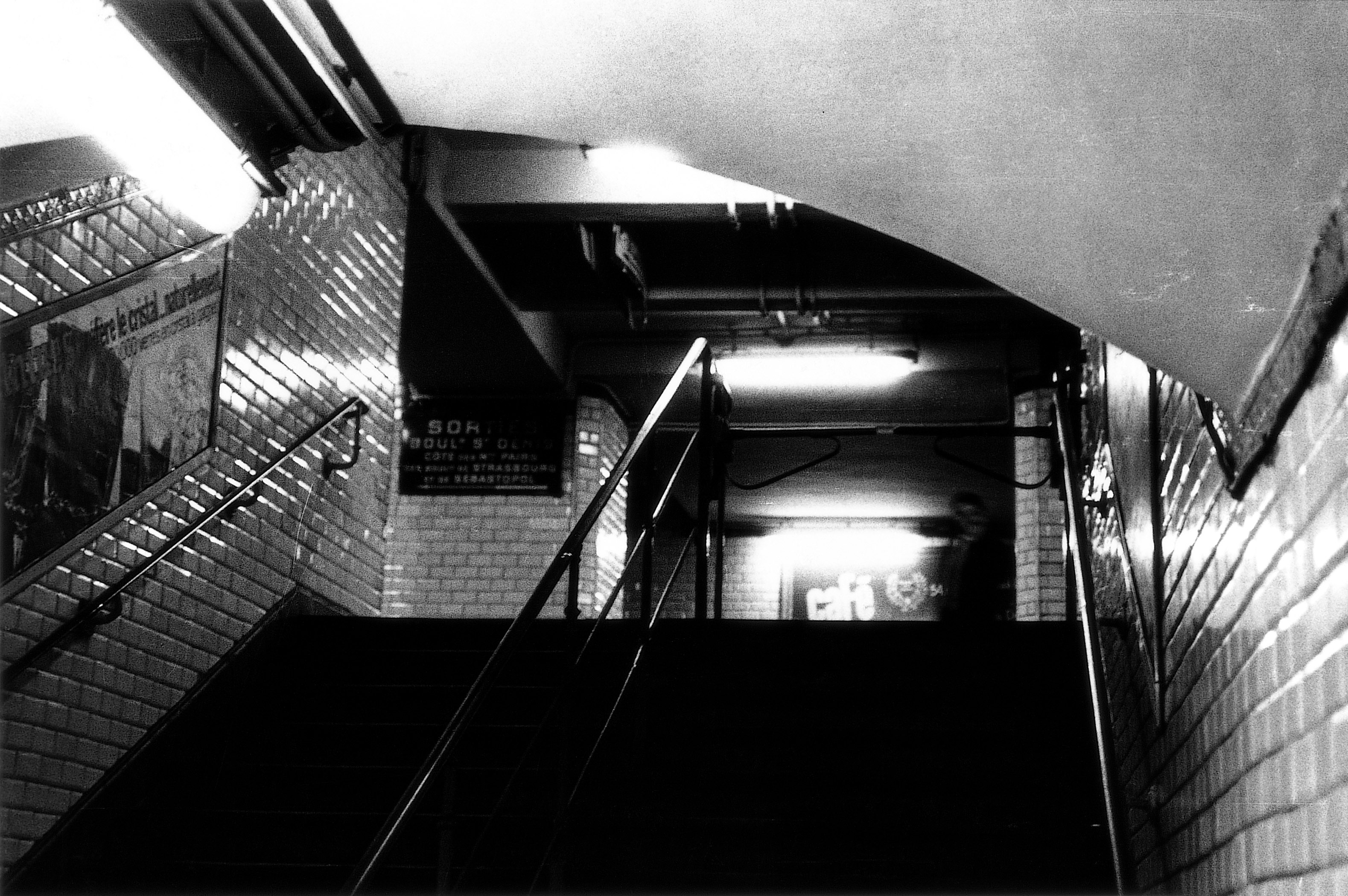
Takuma Nakahira, from the series ‘Circulation: Date, Place, Events’ Untitled, 1971 Gelatin silver print © The Estate of Takuma Nakahira, Courtesy Yossi Milo Gallery, New York
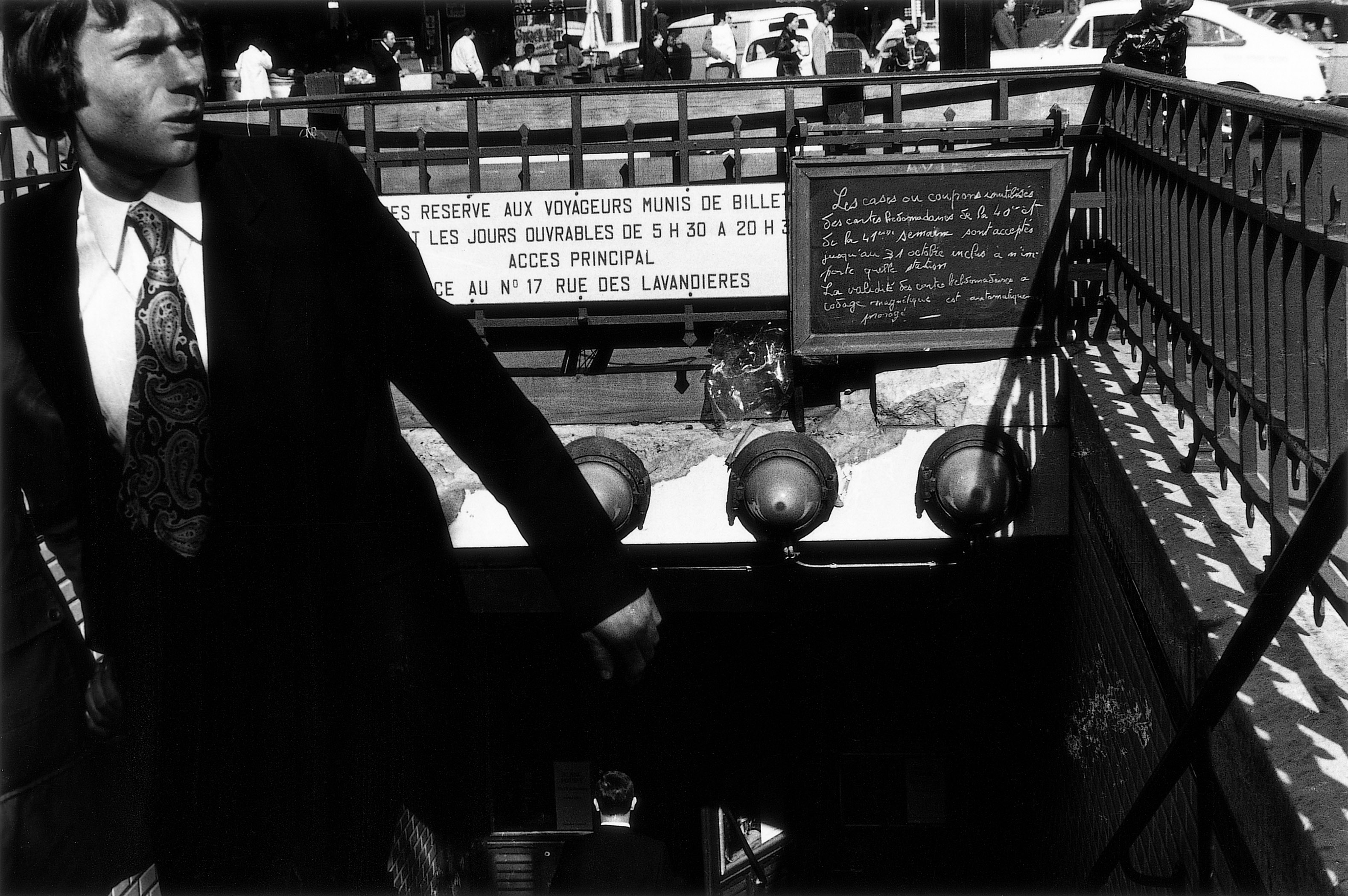
Takuma Nakahira, from the series ‘Circulation: Date, Place, Events’ Untitled, 1971 Gelatin silver print © The Estate of Takuma Nakahira, Courtesy Yossi Milo Gallery, New York
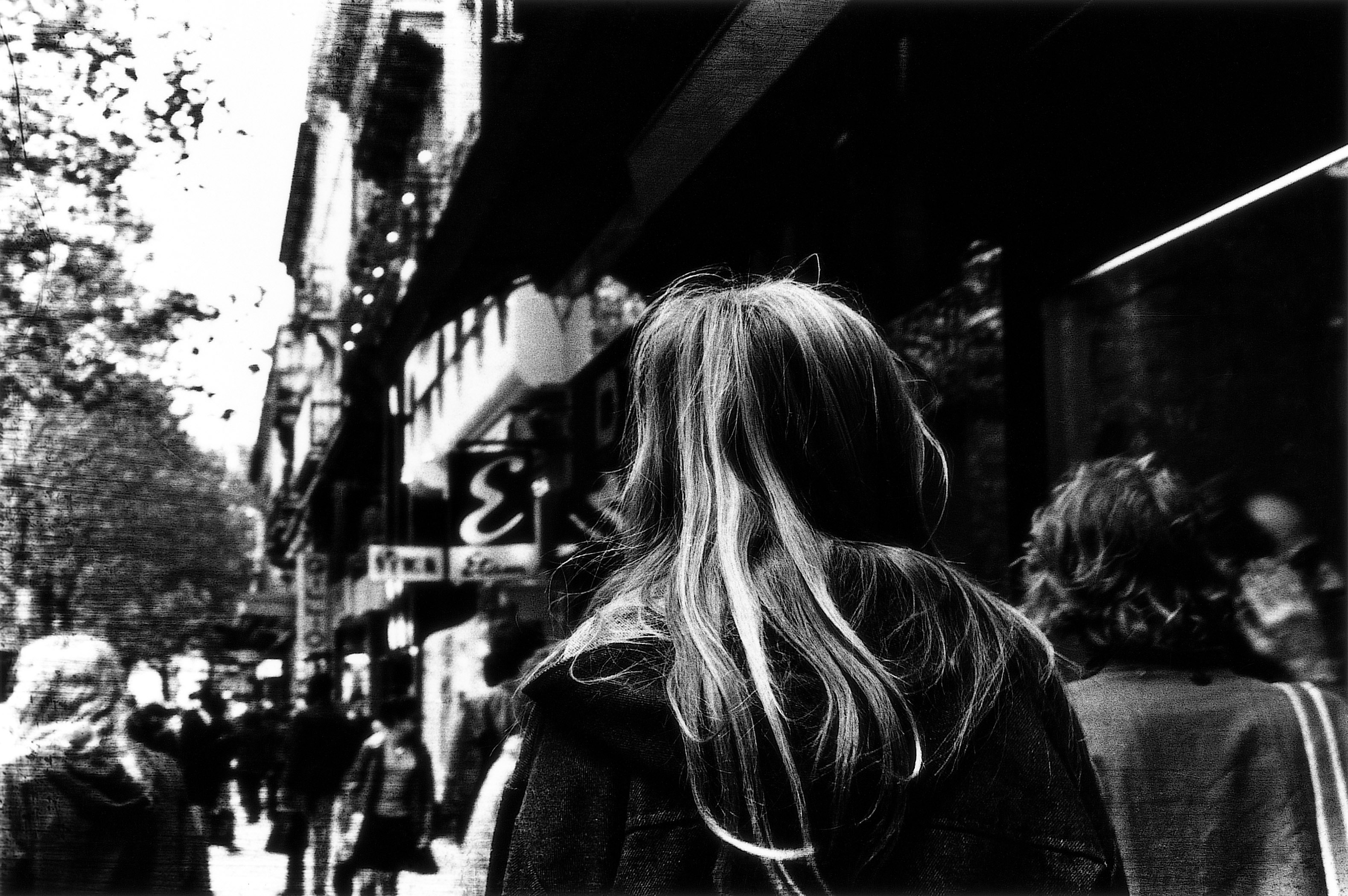
Takuma Nakahira, from the series ‘Circulation: Date, Place, Events’ Untitled, 1971 Gelatin silver print © The Estate of Takuma Nakahira, Courtesy Yossi Milo Gallery, New York
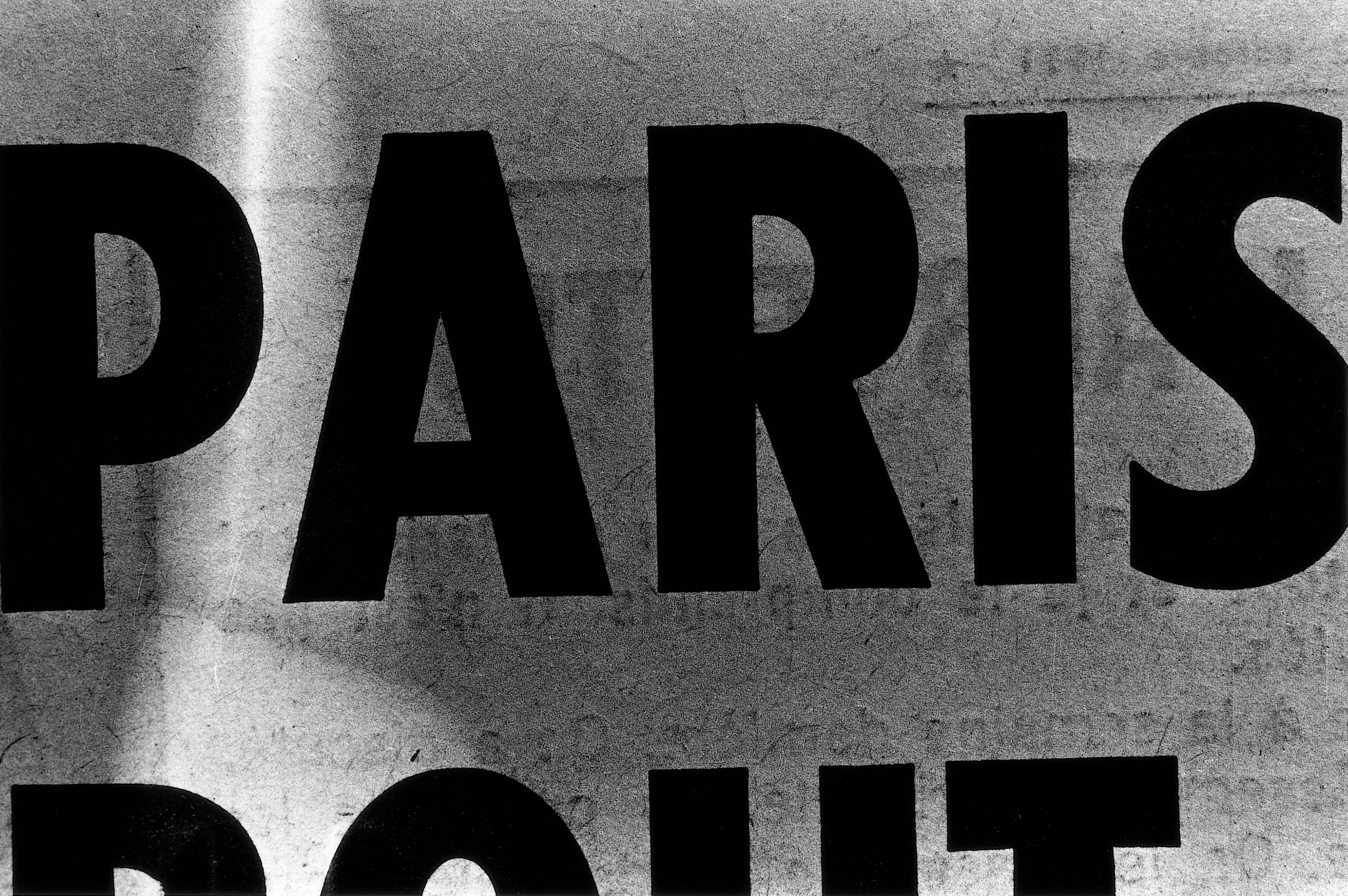
Takuma Nakahira, from the series ‘Circulation: Date, Place, Events’ Untitled, 1971 Gelatin silver print © The Estate of Takuma Nakahira, Courtesy Yossi Milo Gallery, New York
TRENDING
-
The Tattoos that Marked the Criminals of the Edo Period
Traditional tattoos were strong signifiers; murderers had head tattoos, while theft might result in an arm tattoo.

-
Chiharu Shiota, Red Threads of the Soul
Last year, more than 660,000 people visited the retrospective 'Chiharu Shiota: The Soul Trembles' exhibit at the Mori Art Museum.

-
‘Before Doubting Others, Doubt Yourself. Who Can Truly Say a Dish Isn’t What It Used to Be?’
In ‘A Non-Conformist’s Guide to Surviving Society’, author Satoshi Ogawa shares his strategies for navigating everyday life.

-
The Story of Sada Yacco, the Geisha who Bewitched Europe
Described by Dazed magazine as the first beauty influencer, she has been restored to her former glory since 2019.

-
Ito Jakuchu's Naturalist Paintings
From 15 September until 14 October 2018, the Petit Palais showcased the artist's iconic ‘Images of the Colourful Realm of Living Beings’.





